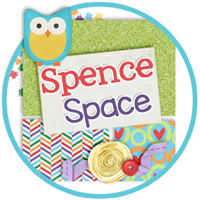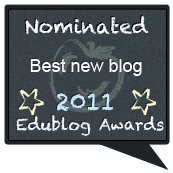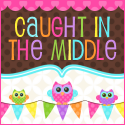To improve understanding of cell organelles and their functions, one of our biggest science projects of the year, Cellville, creates a huge analogy between a cell and a city. Each organelle is compared to a particular function in a city. Students then create images that creatively combine the actual appearance of the organelle to the city institution to which it is being compared. Each group must then create two paragraphs describing the organelle and its function, then explaining how it is like a post office, government, etc.
We grouped the students into pairs to complete this task. Each partner had to contribute to both parts of the assignment. When the pictures and paragraphs were complete, we arranged the organelles inside two giant cell models on the bulletin board in the hallway. We created a plant cell and an animal cell to demonstrate the differences between both types of cells.
Teaching organelles and their functions is already a challenge given the complex vocabulary, but it is even more difficult because the students cannot actually see, therefore visualize, what is being described. To make the organelles "life-size" and connect their functions to things that are already familiar has really made a difference in their understanding. This project has been a success for the past three years, and each year I learn new strategies and methods to expand on this assignment and make it more effective.














شركة نقل عفش بخميس مشيط
ReplyDeleteشركة نقل عفش بابها
شركة نقل عفش بالقصيم
شركة نقل عفش بينبع
شركة نقل عفش بنجران
شركة نقل عفش بحائل
شركة نقل عفش ببريدة